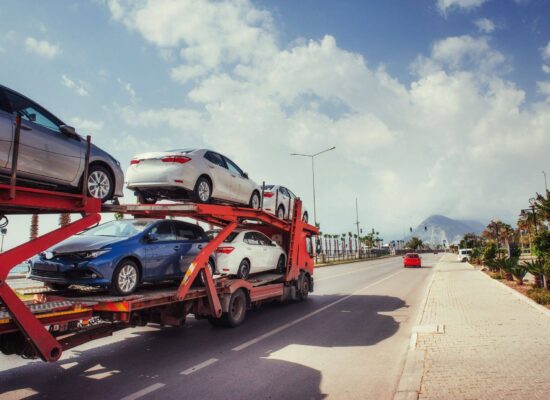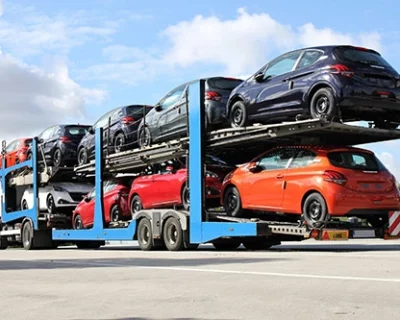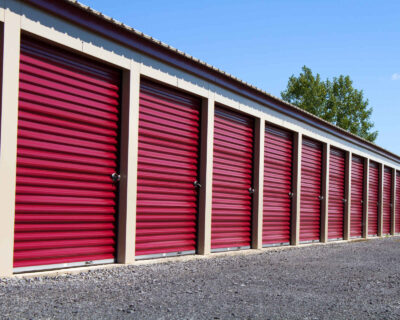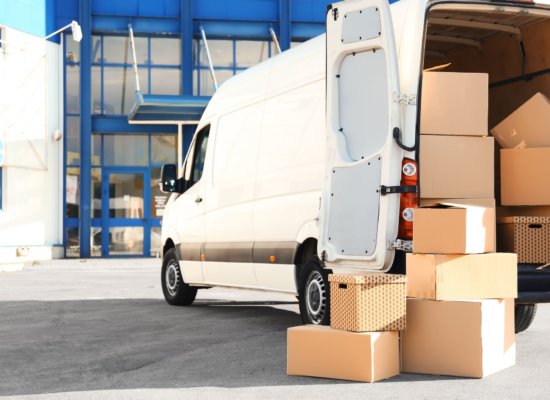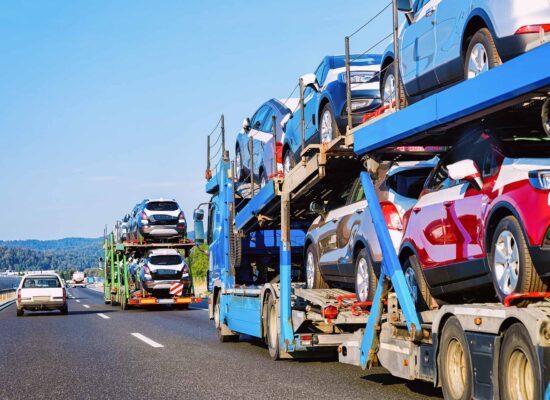The Ultimate Guide to Shipping a Car From Florida to California
Embarking on the journey of shipping a car from Florida to California requires not just a solid plan but also a deep dive into the logistics, costs, and options available to ensure a smooth transition. Whether you’re relocating for work, adventure, or lifestyle change, this guide aims to equip you with the knowledge and confidence needed to ensure your vehicle arrives safely and efficiently at its new West Coast home.
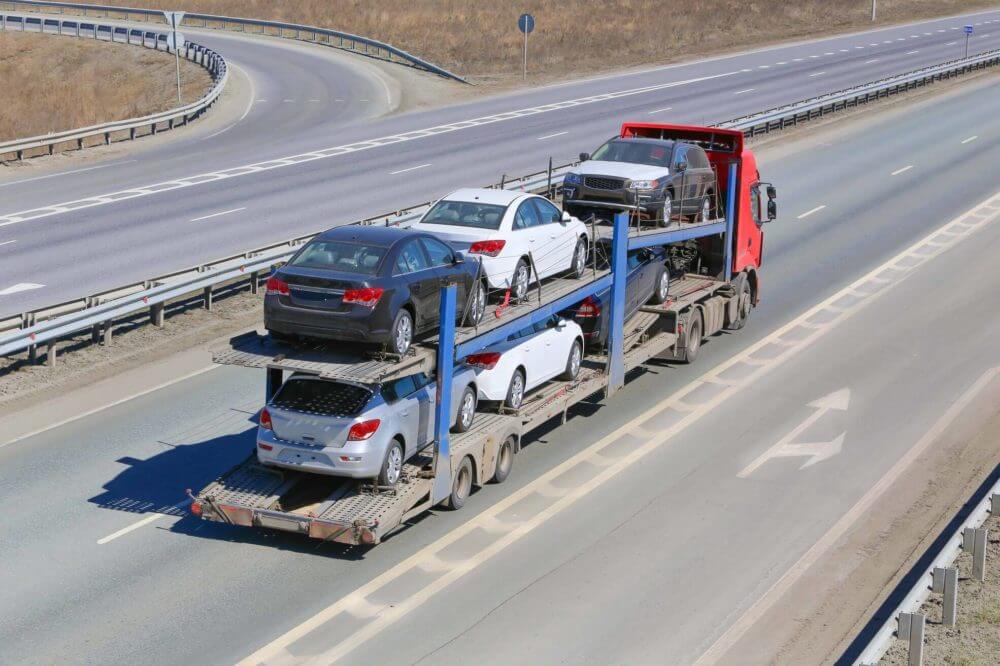
Shipping a car to California from Florida involves choosing between open or enclosed transport, preparing the vehicle, and navigating interstate transport logistics, including pickup/delivery options and state compliance. Upon arrival, inspect the vehicle for damage and complete the necessary registrations to comply with California’s strict regulations.
Knowing the Route – Auto Transport Florida to California
Transporting a car from Florida to California spans a vast distance, covering approximately 2,500 to 3,000 miles, depending on the specific start and end points. This journey of coast-to-coast auto transport crosses multiple states, each with its own geography, different climate, and traffic patterns, making the route selection crucial for a smooth long-distance car shipping experience.
Interstate highways such as I-10 or I-40 are commonly used for their direct paths and accessibility to major cities along the way. Shippers must consider the varied terrains – from the flat landscapes of Florida and the Gulf Coast to the mountainous regions in the Southwest. Knowing the route in detail allows for better planning and anticipation of potential delays or challenges that may arise during transportation.
Take Into Account Geography and Climate
The geographic and climatic diversity encountered along the route from Florida to California cannot be understated. Starting in the humid subtropical climate of Florida, the journey may pass through the arid deserts of the Southwest before reaching the Mediterranean climate of coastal California.
These variations can impact the transportation process, as extreme weather conditions, such as hurricanes in the Southeast or snowstorms in the higher elevations of the Southwest, can lead to delays or necessitate route changes. Additionally, the diverse geography — from flat plains to mountain passes — requires careful navigation and planning to ensure the safety and security of the vehicle being transported.
Timing and Seasonal Factors Are Very Important in Car Transportation
Choosing the best time of year to ship a car and move to California from Florida is crucial for avoiding weather-related delays and ensuring a cost-effective move. The best times for transport tend to be during the spring and fall months when the weather is more temperate across the country, and the demand for interstate vehicle transport is generally lower than in the peak summer months.
Winter shipping can be challenging due to potential snow and ice in the mountainous regions, leading to slower delivery times and higher costs. Additionally, hurricane season (June through November) in the Southeast poses risks of delays and route diversions. Planning the car shipment outside of these peak and risky times can lead to a smoother and possibly more affordable cross-country vehicle shipping experience.
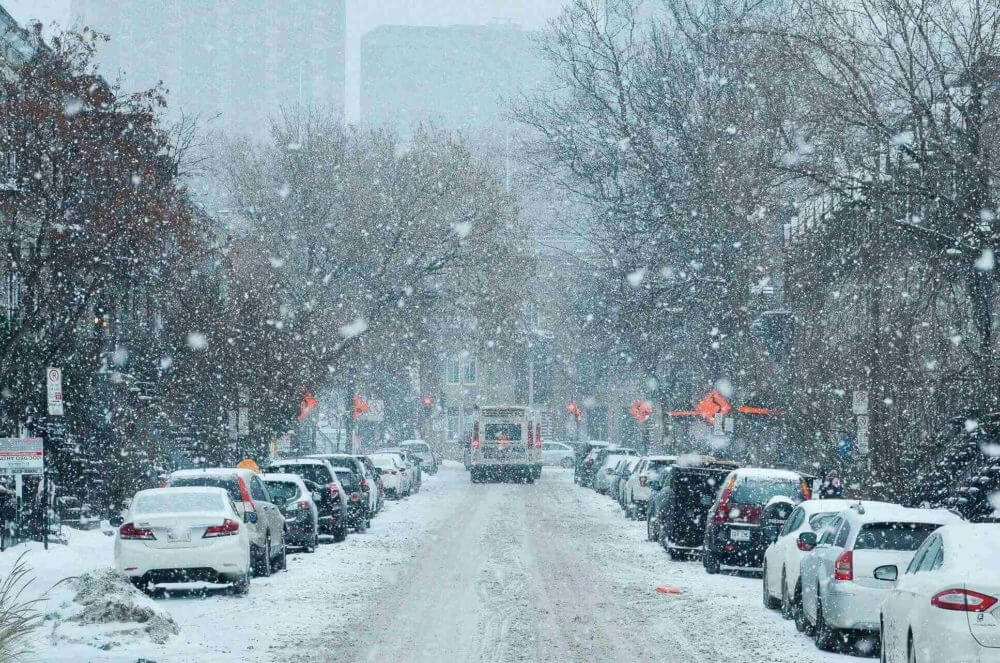
Choosing the Right Transportation Method Is the Most Important Step
Selecting the appropriate method to ship a car is a decision that impacts not only the cost but also the level of protection for the vehicle during transit. The two primary options available are open and enclosed transport, each offering distinct advantages when it comes to cross-country moving.
Open vs. Enclosed Transport – Which Is a Better Fit for You?
Open transport is the most common and cost-effective method for transporting vehicles. Cars are loaded onto a large, open-air trailer with other vehicles, making it a popular choice for standard models and short to medium distances. However, for a long journey such as Florida to California, it’s important to consider that the vehicle will be exposed to weather and road debris along the way.
Enclosed transport, on the other hand, offers a higher level of protection, with vehicles transported in a covered trailer that shields them from the elements and potential road hazards. This method is preferred for classic or luxury cars where the extra protection outweighs the additional cost. Enclosed transport provides peace of mind, especially over long distances or through areas with extreme weather conditions.
Think About the Cost Implications and Protection Levels
The choice between open and enclosed transport affects both the cost and the level of protection for the vehicle. Open transport is generally more affordable, making it a suitable option for standard vehicles and tighter moving budgets. Enclosed transport, while more expensive, offers comprehensive protection against weather, dirt, and debris, justifying the higher cost of transporting high-value or sensitive vehicles.
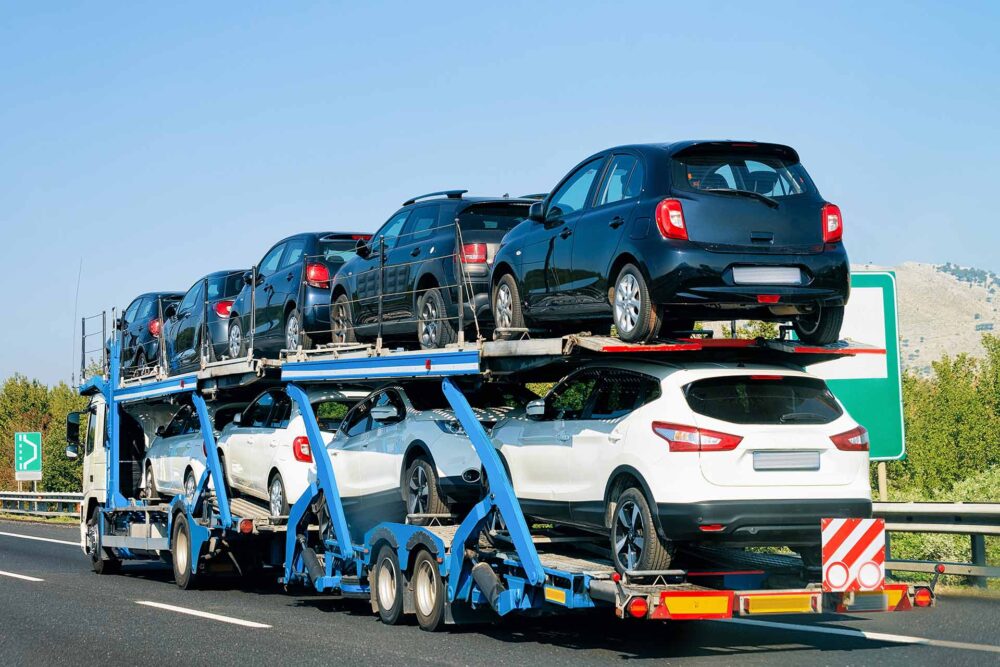
Preparing for the Car’s Long Journey
Ensuring a vehicle is ready for its extensive cross-country trip from Florida to California involves knowing the necessary documentation and procedures, as well as taking specific steps to prepare the car for transport.
Have All the Necessary Documentation Ready and Follow the Procedures
Before you turn in the vehicle to car carrier services, gather all necessary documentation, including registration, insurance, and identification. You’ll likely need to provide proof of ownership or a letter of authorization if you’re not the registered owner.
Additionally, most auto transport services require a bill of lading, a legally binding document that details the condition of the vehicle before and after transport, as well as any special instructions for the carrier. Ensure all paperwork is completed and submitted on time to avoid any delays or issues.
Here Are Some Useful Vehicle Preparation Tips for Long-Distance Shipping
Preparing the vehicle for long-distance transport is crucial for its safety and for a smooth and efficient moving process. Start by cleaning the car inside and out. This helps with the accurate inspection of its condition before transport. Remove personal items you keep in the car and any loose parts or accessories that could be damaged or cause damage during transit.
Check fluid levels, tire pressure, and battery charge, ensuring the car is in good working order. It’s also advisable to have only a quarter tank of gas in the vehicle, as this reduces weight and increases safety. Document the car’s condition with photos from various angles to have a record in case of any disputes upon delivery.

Navigating the Logistics of Interstate Car Shipping
The process of shipping a car across state lines, such as from Florida to California, is laden with logistical challenges that require careful planning and execution. The journey involves not just the physical transportation of your vehicle over thousands of miles but also the coordination of various service options and adherence to a patchwork of state-specific regulations. Successfully navigating these logistics is key to ensuring a seamless and stress-free moving experience.
Door-to-Door – The Most Convenient Pickup and Delivery Option
One of the first decisions you’ll face in the vehicle transportation process is choosing between the available pickup and delivery options. These options fundamentally affect the convenience, cost, and overall timeline of the process.
Door-to-door service is a premium option for those seeking the utmost convenience. With door-to-door transport, the long-distance moving company picks up the vehicle directly from a specified location in Florida and delivers it to your new home in California.
This service minimizes the need for you to travel, as it eliminates the requirement to drop off or pick up the vehicle at a distant terminal. While this option is typically more expensive due to the personalized service, it’s ideal for those with tight schedules or those transporting high-value vehicles that warrant extra care and attention.

If You Look for Affordability, Go for Terminal-to-Terminal Auto Transport
On the other hand, terminal-to-terminal is a more cost-effective alternative that allows you to drop off your vehicle at a designated location, where it will be stored until it can be transported to a similar facility near the final destination. From there, you’re responsible for picking up the vehicle once it’s delivered.
This option can significantly reduce costs but requires more effort on your part.
That may include the potential for additional travel and the coordination of drop-off and pick-up times with the cross-country movers and the terminal’s operating hours.
It’s a suitable choice for those on a lower budget or for whom timing and direct delivery are less critical.
Dealing with State Regulations and Compliance
Transporting a vehicle across state lines requires adherence to various state regulations and compliance with transportation laws. This may include inspections, emissions testing, and registration requirements that differ from state to state.
It’s important to research and prepare for California’s specific requirements ahead of time. For instance, California has strict emissions standards, and any vehicle being brought into the state must comply with these rules. You can read more about it on the California Air Resources Board. Ensuring the vehicle meets these standards before shipment can prevent any legal or regulatory hiccups upon arrival.

What to Expect Upon Arrival in California
The successful shipment of a vehicle across the vast expanse from Florida to California marks a significant milestone in the relocation journey. However, the process doesn’t end with the mere arrival of your car. The steps you take upon its arrival are crucial in ensuring that the transition is as smooth and trouble-free as possible.
These steps involve a thorough inspection of the vehicle to assess its condition post-shipping, followed by administrative tasks to comply with California’s regulatory requirements, ultimately helping you to settle into the new location seamlessly.
Start by Inspecting the Vehicle Post-Shipping
Once the vehicle arrives in California, the first order of business should be a detailed inspection of its condition. This step is vital for identifying any potential damage and car shipping mistakes that may have occurred during transit.
Start by comparing the vehicle’s current state with the condition report (often a bill of lading) provided before the transportation process. Look for any discrepancies, such as dents, scratches, or mechanical issues, that weren’t present before.
If any new damage is found, document it meticulously with photographs from various angles. These images, along with the pre-shipment condition report, will serve as critical evidence when filing a claim with the car shipping company or insurance.
Report any damage to the long-distance movers as soon as possible. Most companies have a specific timeframe within which you must notify them of any claims related to damage sustained during transport. Delaying this step can complicate the claims process and may even result in the denial of compensation. This inspection ensures that any issues are promptly addressed, providing peace of mind as you move forward with settling into your future home.
Final Steps and Settling into a New Location With Your Old Car
After inspecting the vehicle, the final steps involve registering your car in California, obtaining a new driver’s license, and familiarizing yourself with local driving laws and regulations. California requires new residents to register their vehicles within a certain timeframe, typically 20 days after establishing residency.
This process includes paying applicable fees, passing an emissions test (if required), and providing proof of insurance. Settling into a new location also means adapting to local traffic patterns and parking regulations, which can be overwhelming, and grasping the cultural nuances of driving in the Golden State.
Auto-Transport
If your first concern is having your vehicle transported safely and efficiently, enclose shipping is the way to go.
Read moreMoving Insurance
Flat Price Moving and Auto Transport Company offers moving insurance to cover potential damages
Read moreStorage Service
Knowing what kind of surprises cross country move may hold, we offer 30 day free storage for belongings at the origin state.
Read moreCharting the Course – Navigating the Journey of Your Car from Florida’s Shores to California’s Golden Gates
Transporting a vehicle from the sunny shores of Florida to the golden coast of California is a complicated process that demands careful consideration, logistical planning, and regulatory compliance. With diligent preparation, attention to detail, and, most importantly – a reliable partner such as Flat Price Auto Transport and Moving company, transporting a car across the country can be a stress-free experience, paving the way for a successful new chapter on the West Coast.
So, contact us today and allow our long-distance moving services to take care of everything related to the move – from packing services to transporting your beloved vehicle to its new driveway without a scratch.
FAQ
How Much Is the Cost of Shipping a Car From Florida to California?
The car shipping estimates typically range between $1,000 and $1,500 for open transport. Enclosed transport can increase the price to between $1,500 and $2,500, depending on factors like the type of vehicle, transport method, and time of year.
How Should I Prepare My Car for Shipping Across States?
Prepare the vehicle by cleaning it inside and out, removing personal items and loose parts, checking fluid levels, ensuring the battery is charged, and documenting its condition with photos. Also, leave only about a quarter tank of gas in the vehicle.
How Long Does the Shipping Process Take?
Transporting a car from Florida to California generally takes between 7 to 10 days. The exact duration can vary based on factors like the transportation method, route taken, and current weather conditions.
What Are the Differences Between Open and Enclosed Transport?
Open transport involves shipping a car on an open trailer, exposing it to the elements but at a lower cost. Enclosed transport ships the vehicle in a covered trailer, offering protection from weather and road debris at a higher price, suitable for luxury or classic cars.
What Should I Do if There Are Issues With My Car Upon Arrival in California?
If there are issues with the car upon arrival, document the damage with photos, compare it to the pre-shipment condition report, and immediately contact the auto transport company to report the issues. You may need to file a claim for any damages incurred during shipping.
